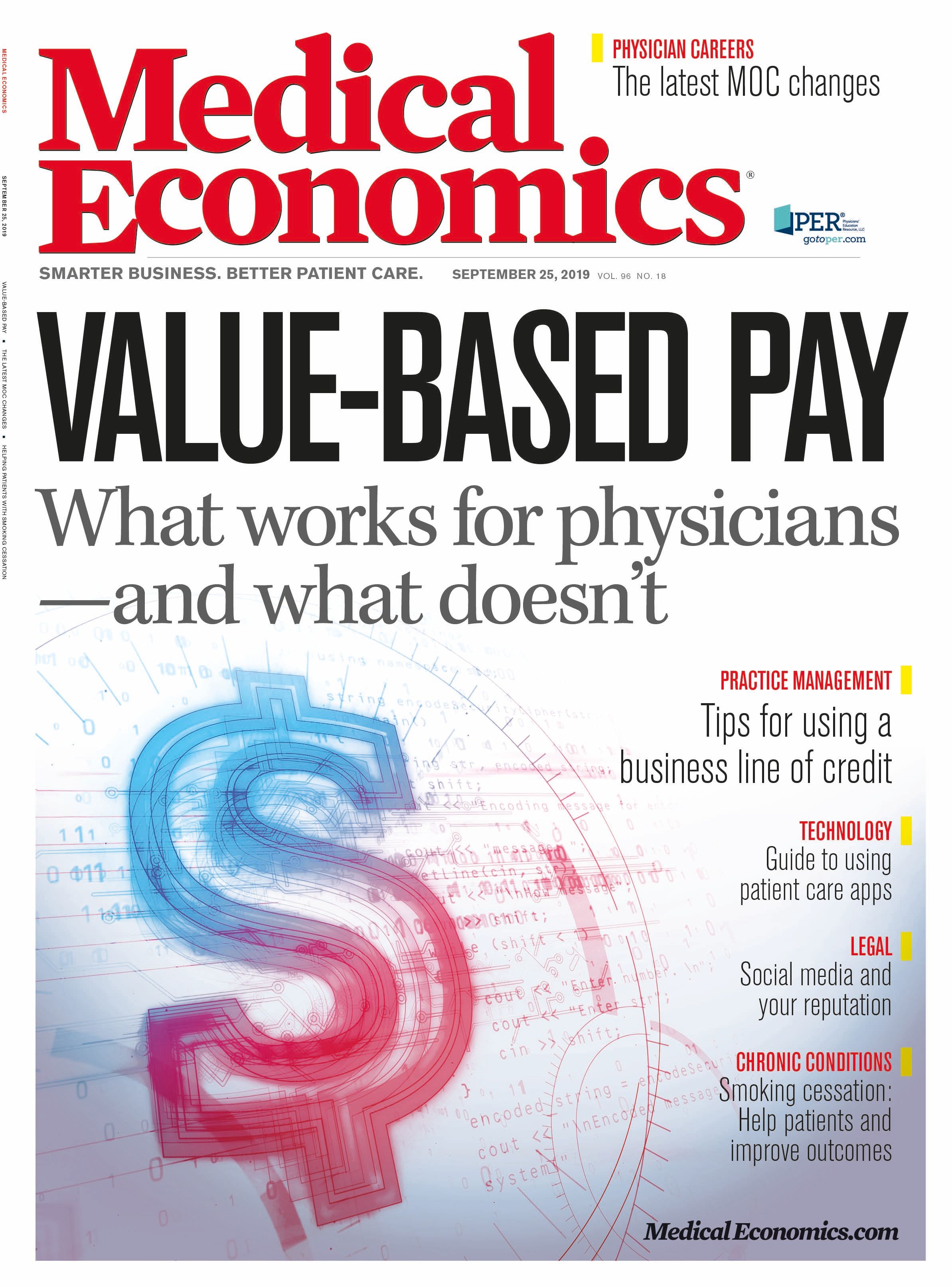Publication
Article
Medical Economics Journal
Your voice: The pharmaceutical industry is not an unregulated free market
Readers react to recent articles.

In the Legally Speaking feature of your May 10, 2019 issue, Dr. Goldberg makes many excellent points about the lamentable state of pharmaceutical pricing in the United States. However, on one point I would push back. The suggestion that the pharmaceutical industry is an “unregulated free market” due to the absence of price ceilings is an overstatement.
The pharmaceutical industry is composed of profit-seeking firms like many other industries in a modern market economy. In markets such as consumer electronics and automobiles, we continually see prices fall as quality improves. This is common across many markets and contrary to what is seen in the pharmaceutical industry.
This variation in outcomes across industries, all of which are populated by profit-seeking firms, should give us pause. Despite having similar motivations, firms are behaving differently due to the incentives they face. Many markets are characterized by intense competition that drives prices down and encourages innovation.
Patents are supposed to provide a similar motivation to pharmaceutical companies. However, instead of stimulating innovation and encouraging competition following the patent period, the U.S. Patent Office has awarded patent extensions for existing chemical compounds in response to minor tweaks to the drug, such as a change in dosage or the inclusion of an additional compound. This process is so common in the pharmaceutical industry that the term “ever-greening” is now used to describe it.
The resulting incentive is powerful enough to cause pharmaceutical companies to allocate resources toward the maintenance of existing patents and away from the search for new drugs. Feldman (2018) analyzes the period 2005-2015 and finds that 78% of all new patents were for some variation of an existing drug. This is not the result of a lack of regulation, but rather poorly designed regulation that incentivizes firms to recycle patents instead of finding new drugs.
The distinction is important because we can all agree that more effective, cheaper drugs should be the goal. Figuring out how to get there needs to be based on a solid understanding of why we are getting these adverse outcomes.
The drug companies are responding to the incentives they face. To get them to respond differently we need to change the structure of the incentives. This means implementing smarter regulation that moves the market closer to one that would be considered free, where the self-interested motivations of drug companies are channeled to achieve maximum social benefit.
David Campbell, PhD
Johnson City, Tenn.
Quality and volume in primary care are equally important
I disagree with the statement by George T. Barron, MD, in “A pay-for-performance bill of rights for primary care physicians,” (Your Voice, July 10, 2019 issue) that quality is not more important than volume.
The problem is that most primary care doctors are pressured to see too many patients, and quality in many instances suffers.
Quality in healthcare requires a sound scientific basis; but there is also an important human factor attached to it.
For example, in large volume practices, the personal connection that patients want from their doctors is often lacking. Patients frequently complain that their doctors are often rushed and distracted and they leave their doctors’ office with unanswered questions to their concerns and a sense that their doctors didn’t seem interested in them.
The disappearance of the human factor in primary care may not be as quantitative as volume, but who would deny that it is as important to the quality of care as much as any other factor?
The only way to deliver both quality and volume is to train primary care MDs quicker, say, in seven years instead of 10 or 11; and by getting more advanced practice nurse practitioners into the workforce.
Edward Volpintesta, MD
Bethel, Conn.






